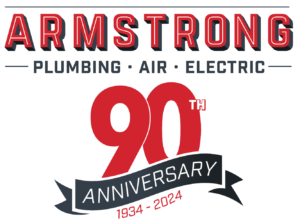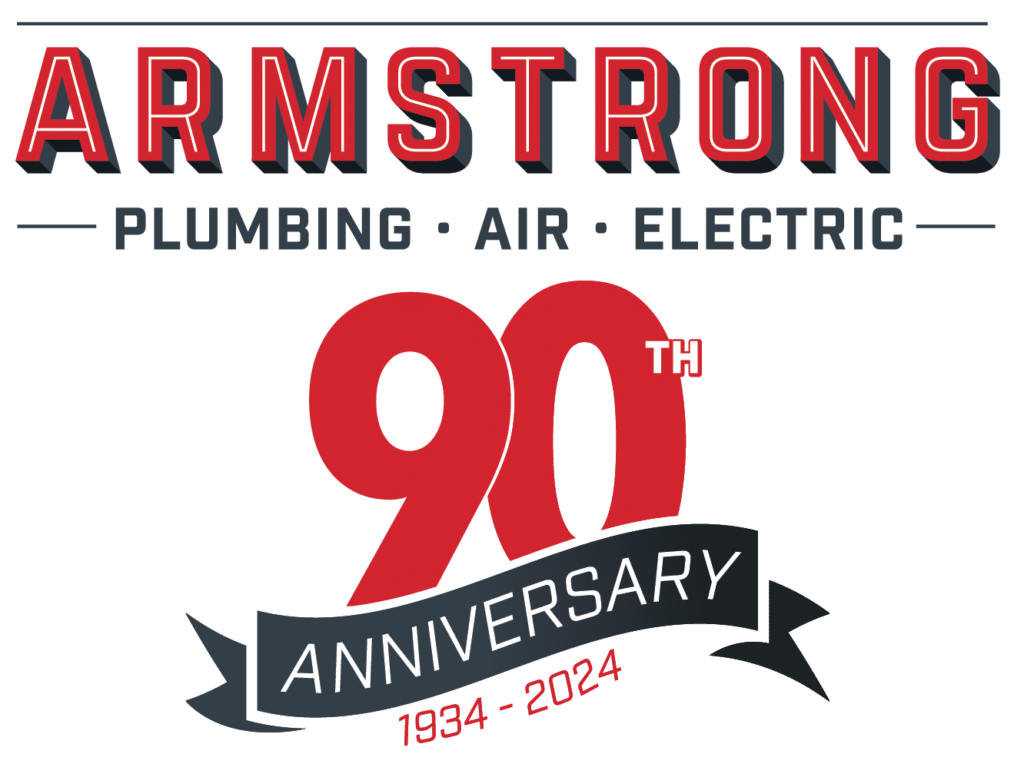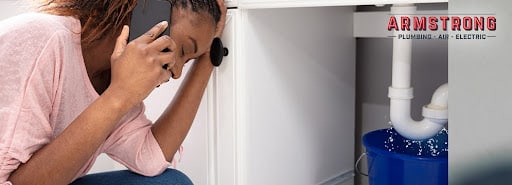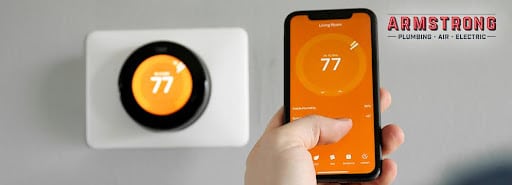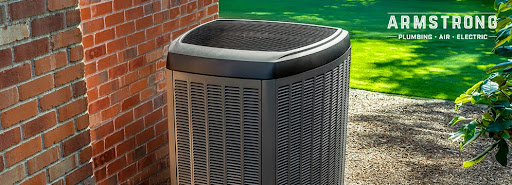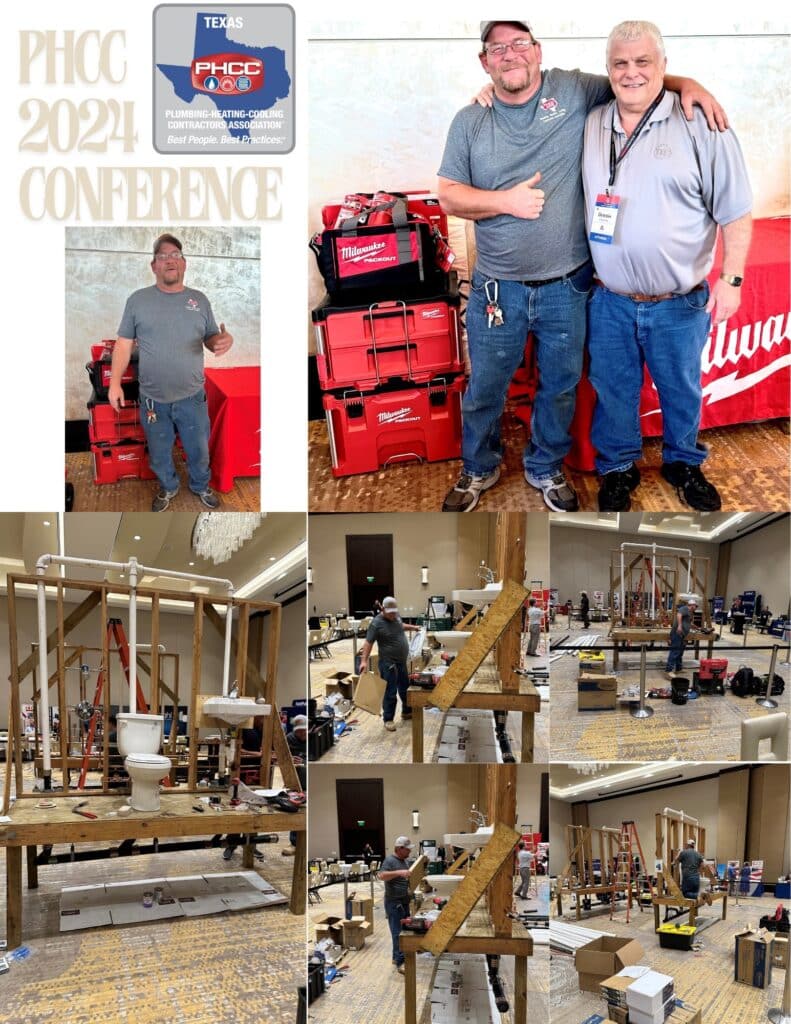The best way to minimize the damage from cold weather is to do a little preventive winterizing. Here are a few do’s and don’ts to use as a starting point. Our list will help you avoid mistakes that can cause equipment breakdowns and endanger your family.
DO…
-
- Call to schedule your annual service maintenance before the winter season begins. This should be scheduled in late September or early October. You should schedule this before the cold weather comes, so that you are confident that you will have heat when you need it and your family will be comfortable as well as safe.
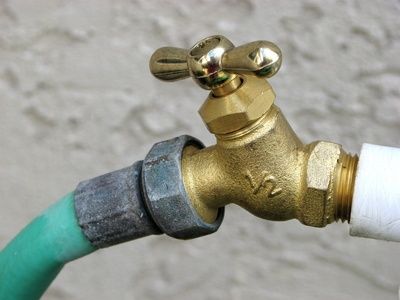
- Remove flammable items near the furnace. Items that may have been stored next to the furnace over the summer such as weed whackers, lawn movers, gas cans, etc., should be removed for safety.
- Change and/or clean your air filter. Air Filters should be cleaned and/or changed at least every three months, and more often if they look dirty. This should especially be done during heavy use seasons such as summer and winter. A dirty filter will slow down air flow and make the system work harder, wasting energy and your hard earned dollar. A clean filter will keep dirt and dust out of your system, increasing its longevity and reducing the need for expensive repairs.
- Check your thermostat’s programming to make sure it reflects your family’s current schedule. You should reexamine your thermostat’s settings each season not only to keep your family comfortable but to help reduce energy costs.
- Check your chimney. Make sure there are no cracks or loose bricks in your chimney and that it is free of debris.
- Check your carbon monoxide detector. Be sure your carbon monoxide detector is working properly. Now would be a good time to replace the batteries. Be sure that it has been installed in the appropriate location in your home; near your sleeping area is the best location.
- Insulate Exposed Piping. If you have any exposed water or drain piping in un-insulated spaces such as a crawlspace, attic, outside walls, etc., make sure to insulate them with foam insulation at a minimum. Ideally you should wrap them with electrical heating tape first and then insulate them.
- Protect your Exterior Faucets. The exterior faucets are known as hose bibb’s or sill-cocks. You should install an insulated cover for the hose bibb. Remember to disconnect your garden hoses from the sill-cocks or outside faucets and drain them, especially if you store them outside.
DON’T…
-
- Don’t try to service your heating system on your own. Your HVAC system should be serviced and checked at a minimum of twice a year by a qualified, trained HVAC expert.

- Don’t wait for the first cold night to turn on your furnace for the first time. Test your heater for a few minutes while it’s still warm outside. Late September or early October is best; to make sure that it’s working well on the first cold day. Also, if it’s warm, you can comfortably open the windows to disperse that “first time” smell.
- Don’t try to turn on the heat while the thermostat is still set in Air Conditioning mode. Just setting the dial above room temperature won’t activate the heat if the system is still in Air Conditioning mode. You must turn the AC off and the Heat on to activate the heating system.
- Don’t assume that because you have a carbon monoxide detector, you don’t need to schedule a furnace inspection. A carbon monoxide detector should be a second line of defense, not a substitute for annual service.
- Don’t turn off the heat when it’s cold outside. If you are leaving your house for several days you should still keep the heat running at a minimal temperature. Set the thermostat to at least 55 degrees so that your house stays warm enough to keep your pipes from freezing. Burst pipes can cause some of the most expensive repairs in the home. Opening cabinet doors under your sinks can help keep pipes from freezing on extreme nights or power outages.
Furnace maintenance is actually very easy – much easier than dealing with a major repair.
These few steps will take about half an hour to complete. You will save money, avoid annoying and expensive breakdowns and keep your family safe and comfortable all winter long; not to mention, help your HVAC system survive the winter so that it is ready to do its job when summer returns!
